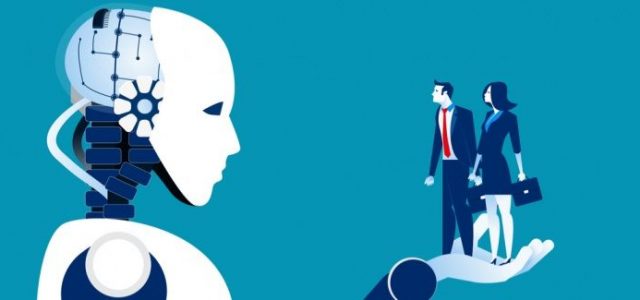In very simple terms, a Business Model is how you plan to make money from your business. A refined version is how you create and deliver value to your customers. Your strategy or roadmap tells you where you want to go and the business model tells you how you are going to do it. In this age of Industry 4.0 and Digital Transformation, businesses are getting disrupted faster than they get established. We all know what Apple did for music, Uber did for taxis and Airbnb did for hotels.
Digital is helping them to enhance their existing products and services and helping to launch new products and services.
Companies are using various business models to be successful:
- Freemium model:
Basic products/services are provided free but users are charged for advance features.
E.g. Coursera, LinkedIn, Spotify, Dropbox, Skype - Pay as you go or Subscription Model:
Pay only for services which are used.
E.g. Netflix, Kindle, New York Times, Safari Books online - Customer experience model:
Provide the customer an experience like never before
E.g. Tesla, Disney Land, Apple - On-Demand model:
Provide customer service on demand with speed.
E.g. Uber, cloud services from Amazon, Microsoft - Marketplace model:
Provide a platform for buyers and sellers to interact with each other directly.
E.g. eBay, Alibaba - Free model:
Provide the typical services to users free and sell their behavior data to different businesses.
E.g. Google, Facebook, Patientslikeme - Crowd-sourcing model:
Receive money for engaging crowds for a common goal, innovation, or to problem solve. E.g. Kaggle, CrowdAnalytix, Kickstarter - Bundling model:
Selling similar products or services together.
E.g. Microsoft Office - Gamification model:
Use of game like features to simplify the interaction.
E.g Mint.com, Khan Academy, Nike +
Some of the big companies moved on from their core business model and adopted the change embracing digital to get closer to customers in real time and grow exponentially.
- Nike moved on from a sports apparel company to fitness driven personalized wearables like FuelBand manufacturer.
- Amazon started in 1995 as on online book store but went on to become a leader in technologies such as Cloud, Drones, web services.
- Philips started as the Light Bulb Company and moved on to become a leader in healthcare equipment.
- GE has moved forward from its core industrial products – from jet engines and gas turbines to CT/PET scanners, locomotives with sensors that monitor various parts of the machinery. They developed their own Predix IoT platform with advanced analytics to provide real time information to improve efficiency, increase productivity, and schedule more effective preventive maintenance.
- Apple adopted multiple models from PC manufacturer to selling online music, to subscription model of iCloud.
Changing the business model drastically may not work. Don’t try to boil the ocean but start with how you can deliver greater value to your customers through digital technology. Success in choosing one business model over another will depend on how well companies understand their customers’ needs.
Article by channel:
Everything you need to know about Digital Transformation
The best articles, news and events direct to your inbox
Read more articles tagged: Business Model, Featured






